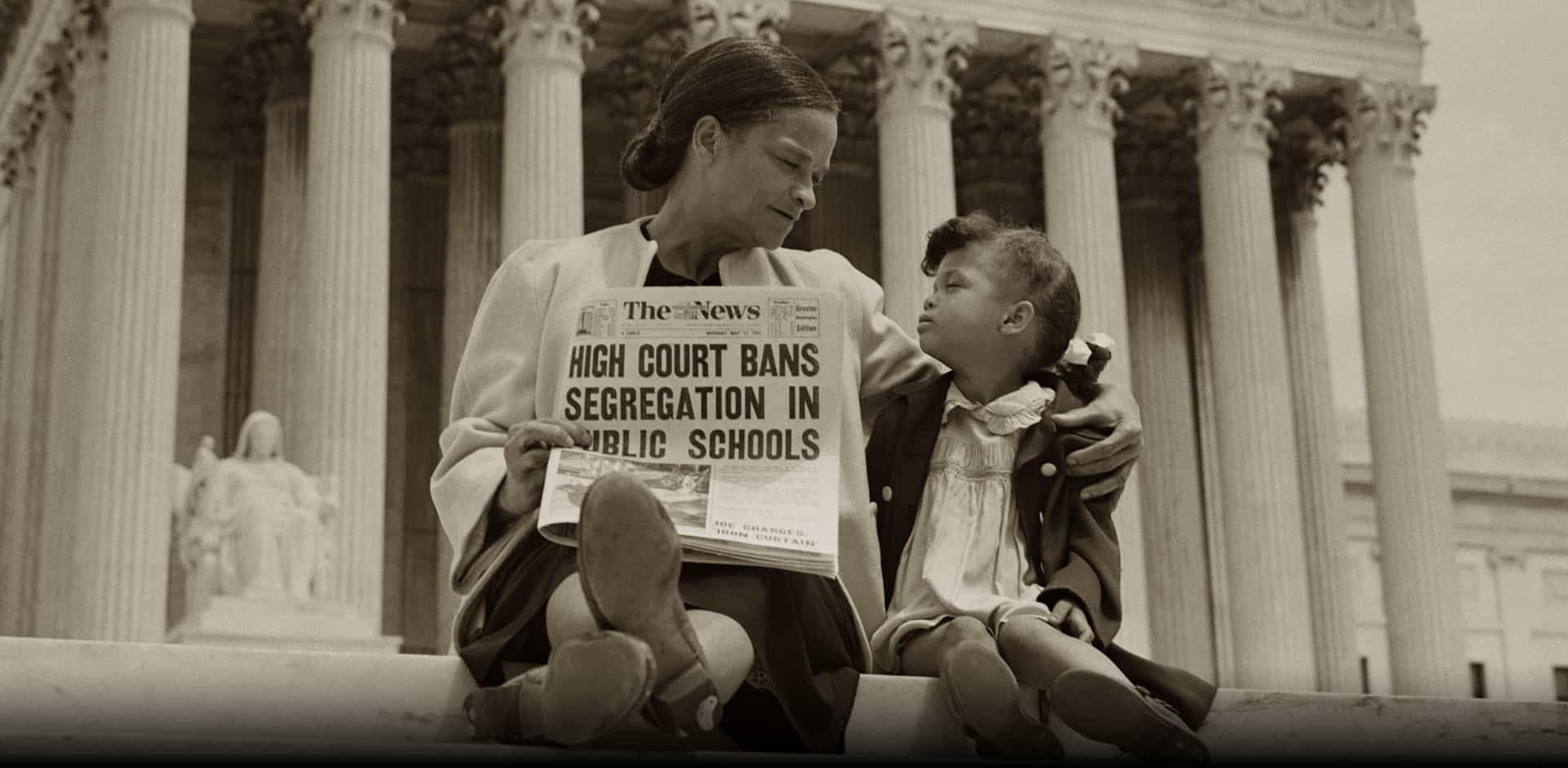The following articles provide an analysis of segregation in American schools and its detrimental effects on educational outcomes for students of color. Hilbert and Rothstein similarly describe the causes and effects of segregation. However, in the battle to desegregate schools, Hilbert focuses on steps to combat racist culture more generally, while Rothstein focuses on specific policy changes.

https://www.vox.com/2018/3/5/17080218/school-segregation-getting-worse-data
The Problem
Segregation in the United States public school system is increasing. After the Supreme Court’s Brown v. Board of Education decision (1954), the United States took numerous steps to desegregate public schools. However, after decades of fighting segregation, the situation is now getting worse. Hilbert and Rothstein investigate why segregation in the United States public school system has more than tripled since the 1980s and what that means for African American students (Hilbert, 2017). As depicted in the figure to the left, segregation is hightening between races and groups are becoming more isolated. Hilbert and Rothstein reaffirm what the country learned in the 1950s: Segregation in schools deeply affects the academic outcomes of minority students and ultimately increases academic, social and economic gaps between minority and majority communities.
Sources of Segregation
Hilbert and Rothstein highlight two fundamental causes of the backslide into segregation. While they place emphasis on slightly different factors, the authors agree that government holds substantial responsibility for the inequality.
- Segregated schools are a result of segregated housing. “Education policy is constrained by housing policy: it is not possible to desegregate schools without desegregating both low-income and affluent neighborhoods” (Rothstein, 2014). Further, segregated housing is a direct result of previous discriminatory policies, notably federally funded public housing (Rothstein, 2014).
- Segregation in schools is commonly seen as de facto, without acknowledgment of discrimination that underlies policy decisions. “Without awareness of the history of state-sponsored residential segregation, policy makers are unlikely to…understand or fulfill the constitutional mandate to remedy the racial isolation of neighborhoods, or the school segregation that flows from it” (Rothstein, 2014).
Effects of Segregation
Racially segregated schools “are far more likely to have fewer and lower quality educational resources” such as larger classes, fewer classroom materials, inadequate technology, less qualified teachers, and higher rates of teacher turnover (Hilbert, 2017). Students tend to have lower test scores, lower graduation rates, higher rates of suspension, and a resulting lower socioeconomic status (Hilbert, 2017).
Recommendations
Hilbert and Rothstein outline two major steps to combat racial segregation in both the societal and governmental spheres.
- Societally: The American school system, and society more generally, must acknowledge the existence and prevalence of discriminatory policies that perpetuate segregation. Rothstein asserts that the “[a]voidance of our racial history is pervasive and we are ensuring the persistence of that avoidance for subsequent generations” (Rothstein, 2014).
- Governmentally: The United States “needs state based desegregation to actually implement change” (Hilbert, 2017). Specific policy suggestions include “voiding exclusionary zoning, placing scattered low and moderate income housing in predominantly white suburbs, prohibiting landlord discrimination against housing voucher holders, and ending federal subsidies for communities that fail to reverse policies that led to racial exclusion” (Rothstein, 2014).
Fundamentally, Hilbert and Rothstein agree that segregation in schools must come to an end, as it “undermines the important idea of a shared future and a joint society” (Hilbert, 2017).
Works Cited
Rothstein, R. (2014). The Racial Achievement Gap, Segregated Schools, and Segregated Neighborhoods: Constitutional Insult. Springer Science and Business Media. Retrieved from https://link.springer.com/content/pdf/10.1007%2Fs12552-014-9134-1.pdf
Hilbert, J. (2017). Restoring the Promise of Brown: Using State Constitutional Law to Challenge School Segregation. Journal of Law and Education. Retrieved from https://search.proquest.com/docview/1872169093?pq-origsite=summon&https://library.bowdoin.edu/erl/ip/proquest_education.cgi
